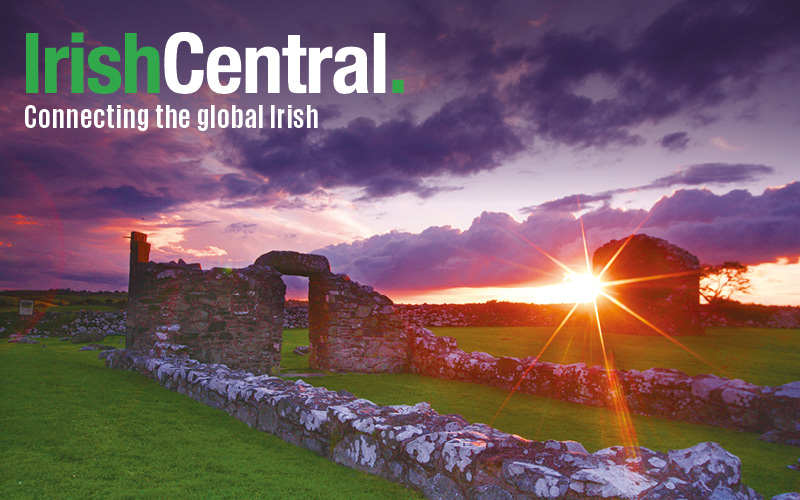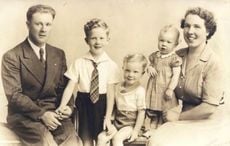This Sunday, April 25, the History Channel is presenting a much-hyped new documentary entitled America: The Story of US. It is being billed as the first comprehensive televised history of America in well over a generation.
Pop over to the History Channel website and you will be greeted with this humble statement: “For the first time in 40 years, an epic television event presents the complete history of America.”
This begs the question: Where are the Irish going to fit into all of this?
You can’t say the producers of America: The Story of US have not devoted adequate time to telling America’s complex story. The series begins with a two hour program this Sunday and will continue to air Sunday evenings until May 30, totaling a whopping 12 hours.
And with that, I can already hear some of you yawning. Which is why the folks over at the History Channel claim that this is not your father’s historical documentary.
The producers are touting its regular use of computer-generated images (CGI), realistic recreations and even high-wattage celebrities commenting on events such as the U.S. Civil War and the voyage of the Mayflower.
In fact, one of the first talking heads to appear in The History of US is none other than noted historian Donald Trump!
Other notables who will comment include actor Michael Douglas, New York City Mayor Michael Bloomberg and Colin Powell.
Celebrities and CGI are all well and good. There’s obviously nothing wrong with packaging educational material in a dramatic or entertaining way.
But this does not bode well for getting a strong sense of how important and complex the Irish role in building America has been.
Sure, we’ll probably get some strong segments on the horrors of the Great
Hunger. This may even lead to some revelations about the strong streak of anti-Catholicism in 19th century America.
But will the thriving Democratic political machines built by so many Irish immigrants and their children be discussed? And if not, why?
Is it because they were often corrupt? And therefore, “bad guys” in the minds of producers who are leaning towards a kind of black-and-white version of American history?
Machines, of course, often dabbled in criminal mischief. But they also helped a generation of destitute immigrants -- and not just Irish -- get a foothold in America. They also helped elevate the likes of Al Smith and John F. Kennedy to the national stage.
All of which makes it highly doubtful other pivotal but disturbing moments of Irish American history will be dealt with in any depth. Think of the horrific Draft Riots of 1863, when immigrants, yes, tortured African Americans, but also vented their rage at the upper classes who rigged the system so that the rich could buy their way out of military service?
This is important not simply because this was a crucial moment in the U.S. Civil War (the Draft Riots took place the very same month as the Battle of Gettysburg), but also set a tone for the kind of racial, political and ethnic tensions which would explode in American cities for decades to come.
By the time America: The Story of US gets to the 1960s, it will surely spend some time with JFK and the trauma which followed his assassination. Not only was it a shocking moment, but it also seemed to be a harbinger for the chaos which was to come in the late 1960s.
But if the producers of this show did their homework, they should really devote some time to the aforementioned Alfred Emanuel Smith, who paved the way for JFK, by running for president in 1928 at a deeply anti-Catholic time.
Smith, a child of the Lower East Side, is a vivid symbol not only for the Irish experience in America but also American history itself.
Former outsiders make their way inside, but very slowly. This is not a matter of focusing disproportionately on the Irish, or, for that matter, focusing on only negative things.
It is simply a matter of presenting a full portrait. Let’s see if Donald Trump can handle that.
(Contact at [email protected] or facebook.com/tomdeignan.)




Comments